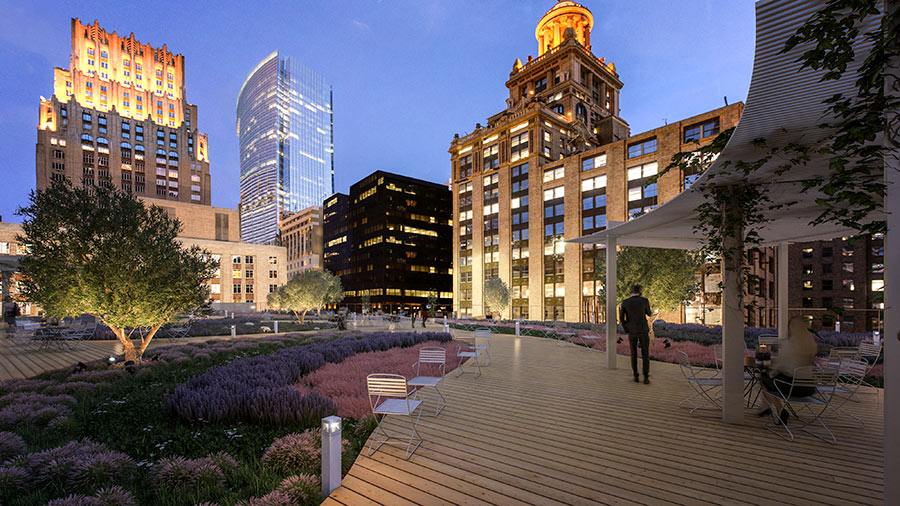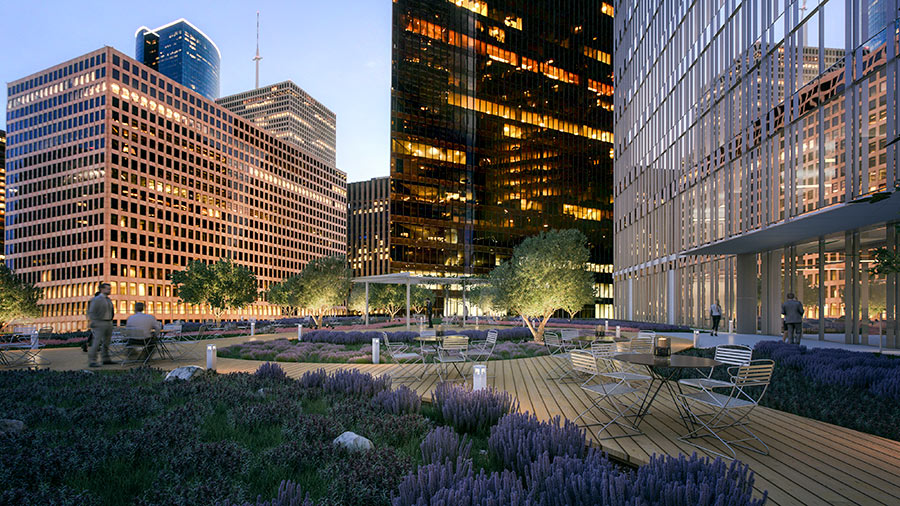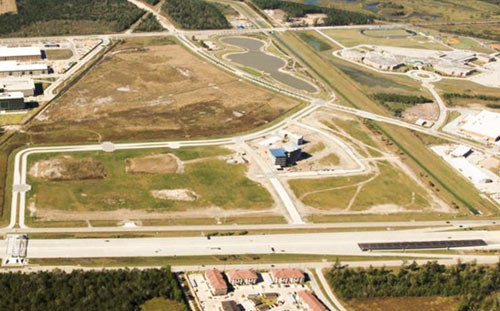
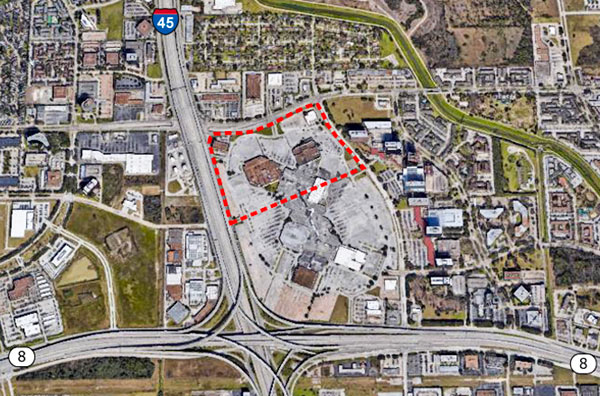
 A couple of Houston architects have a proposal for the northern portion of the soon-to-be-shuttered Greenspoint Mall at the northeast intersection of Beltway 8 and I-45: Turning it into a driving range surrounded by 3 golf holes. Why such an abbreviated course? Well, there’s only so much land available. But Paul Kweton and Hidekazu Takahashi of Studio Paulbaut consider the paring down an attractive update to convention that could help to make the sport more accessible:
A couple of Houston architects have a proposal for the northern portion of the soon-to-be-shuttered Greenspoint Mall at the northeast intersection of Beltway 8 and I-45: Turning it into a driving range surrounded by 3 golf holes. Why such an abbreviated course? Well, there’s only so much land available. But Paul Kweton and Hidekazu Takahashi of Studio Paulbaut consider the paring down an attractive update to convention that could help to make the sport more accessible:
“It takes up to 5 hours to play a decent round of golf,” they write. Their Greenspoint green would offer a quicker golfing proposition: A round of golf in 60 minutes.Â


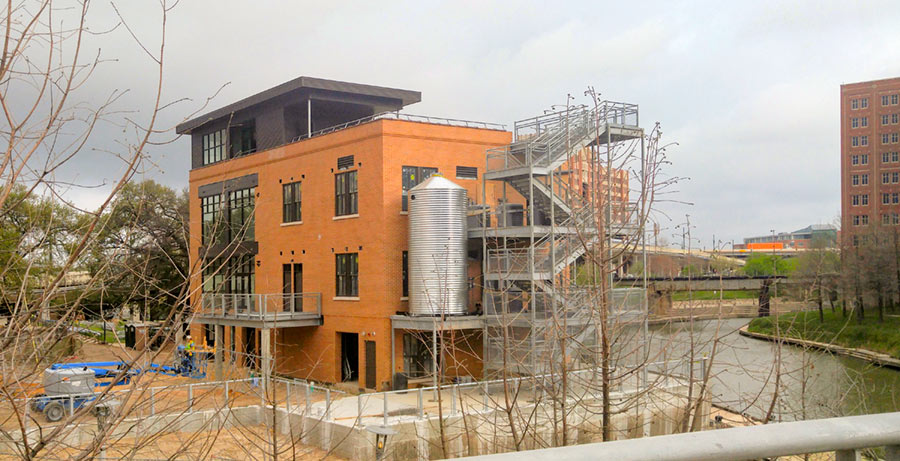 Talk about timing: The Rice Design Alliance’s annual home tour
Talk about timing: The Rice Design Alliance’s annual home tour 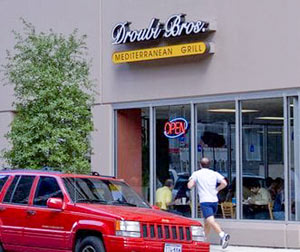
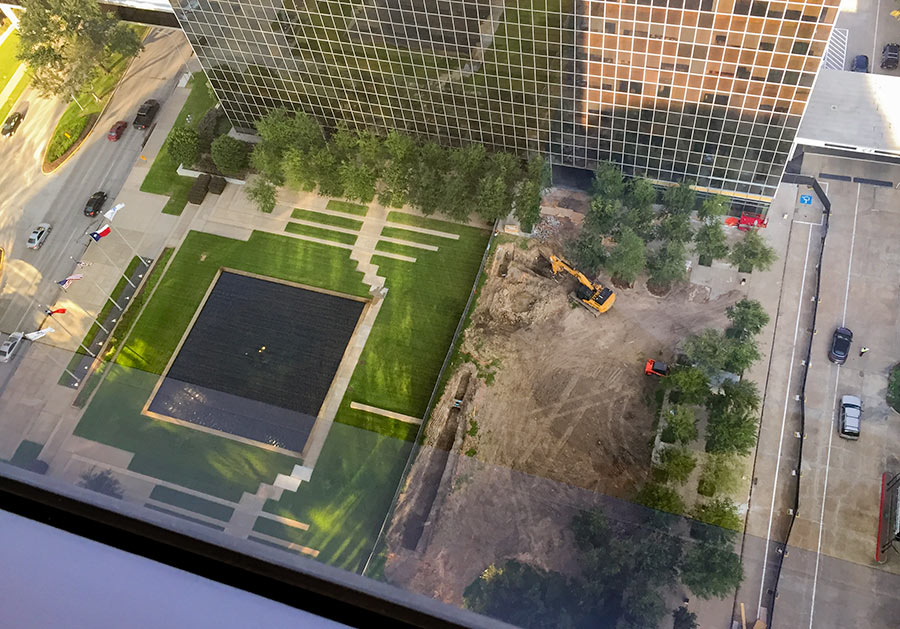
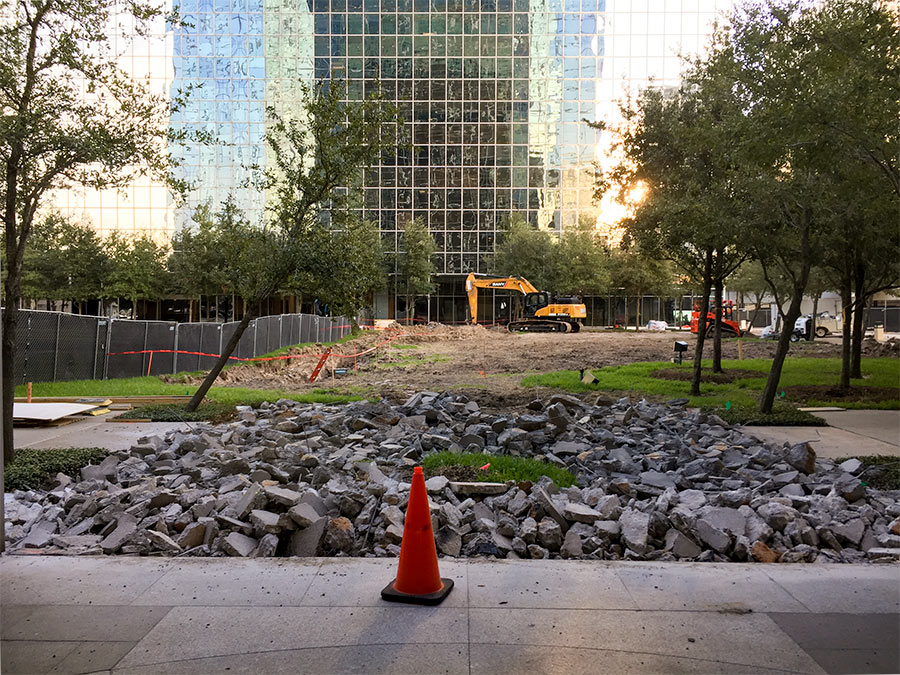
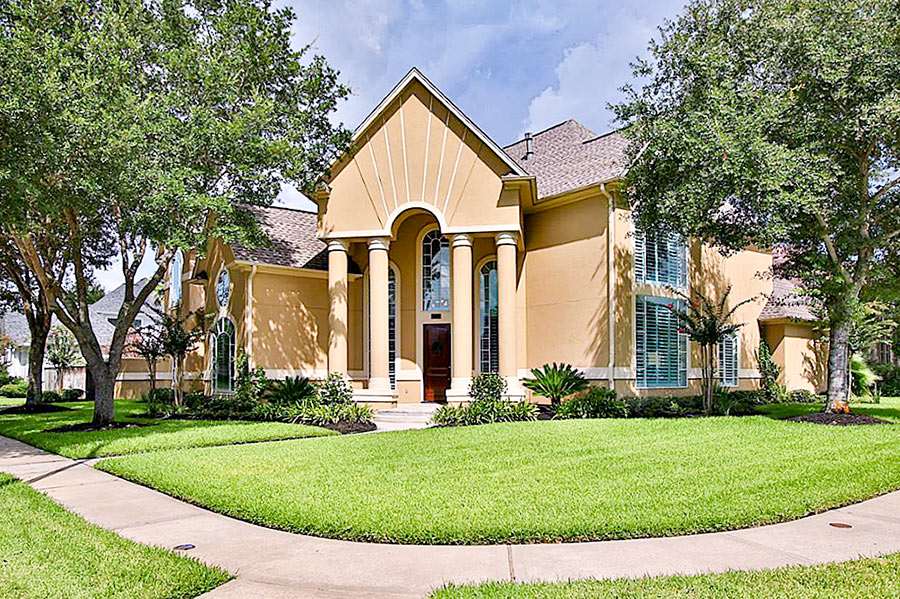 “None of the more than half a dozen residents interviewed by The Texas Tribune and ProPublica after the floods said they knew they were living inside Addicks or Barker — many of their neighborhoods are several miles away from the dams. Several local officials — including Houston’s ‘flood czar’ and a neighboring county executive — said they had no idea the neighborhoods had been built inside the flood pools. Several real estate agents said they didn’t realize they were selling homes inside the pools.” This from the latest exposé on
“None of the more than half a dozen residents interviewed by The Texas Tribune and ProPublica after the floods said they knew they were living inside Addicks or Barker — many of their neighborhoods are several miles away from the dams. Several local officials — including Houston’s ‘flood czar’ and a neighboring county executive — said they had no idea the neighborhoods had been built inside the flood pools. Several real estate agents said they didn’t realize they were selling homes inside the pools.” This from the latest exposé on 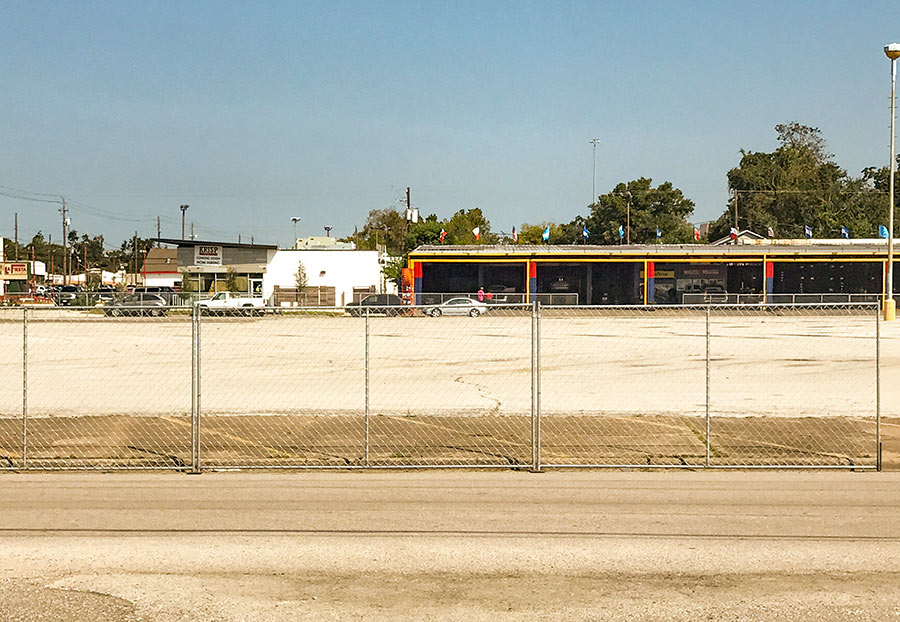
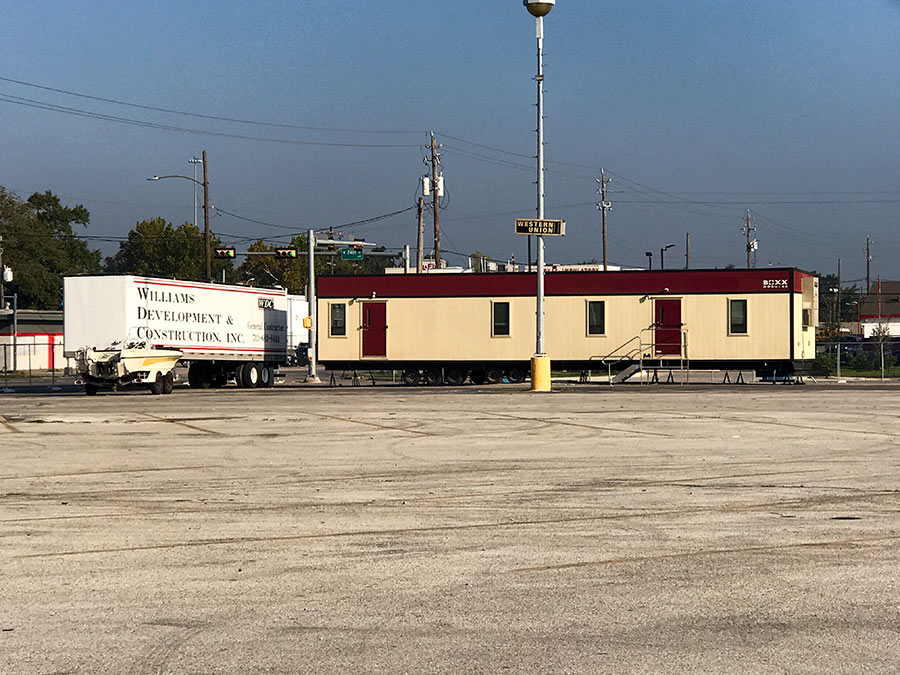
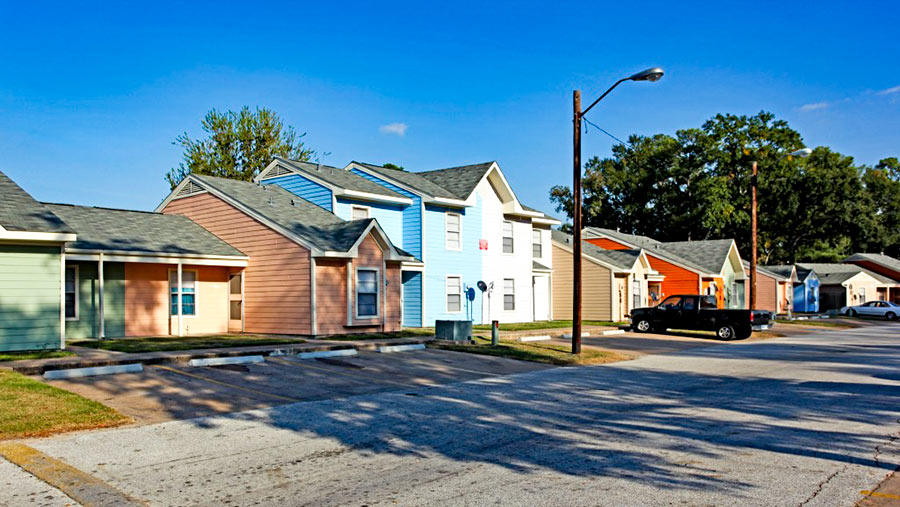 A new statement from the Houston Housing Authority provides a little more background on its decision to
A new statement from the Houston Housing Authority provides a little more background on its decision to 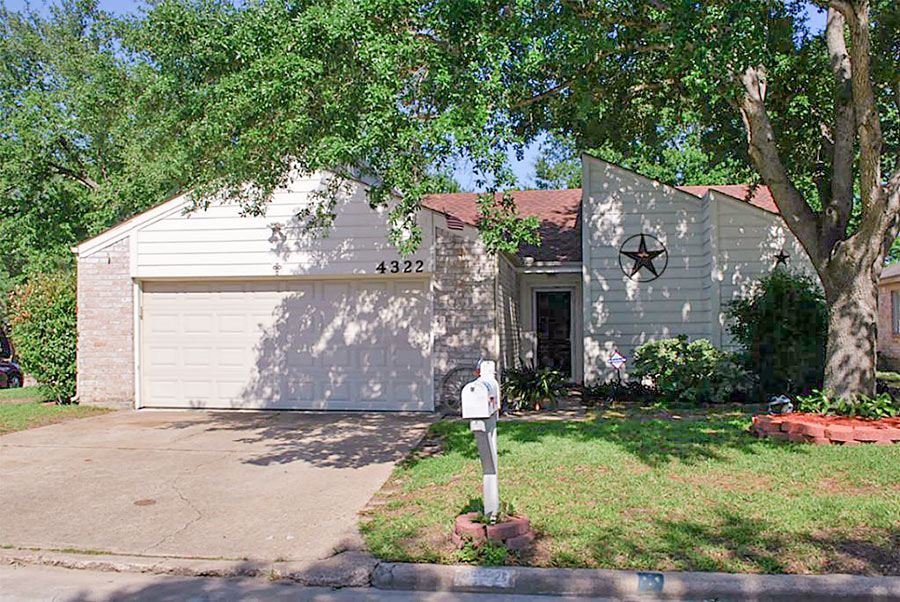 Outsiders moving into town to buy up homes from distressed owners for pennies on the dollar in the wake of local catastrophe is a proud and longstanding Houston tradition: It keeps the city’s reputation for real-estate shenanigans intact, even as oldtimers mellow. It’s how Sir Allen Stanford got his
Outsiders moving into town to buy up homes from distressed owners for pennies on the dollar in the wake of local catastrophe is a proud and longstanding Houston tradition: It keeps the city’s reputation for real-estate shenanigans intact, even as oldtimers mellow. It’s how Sir Allen Stanford got his 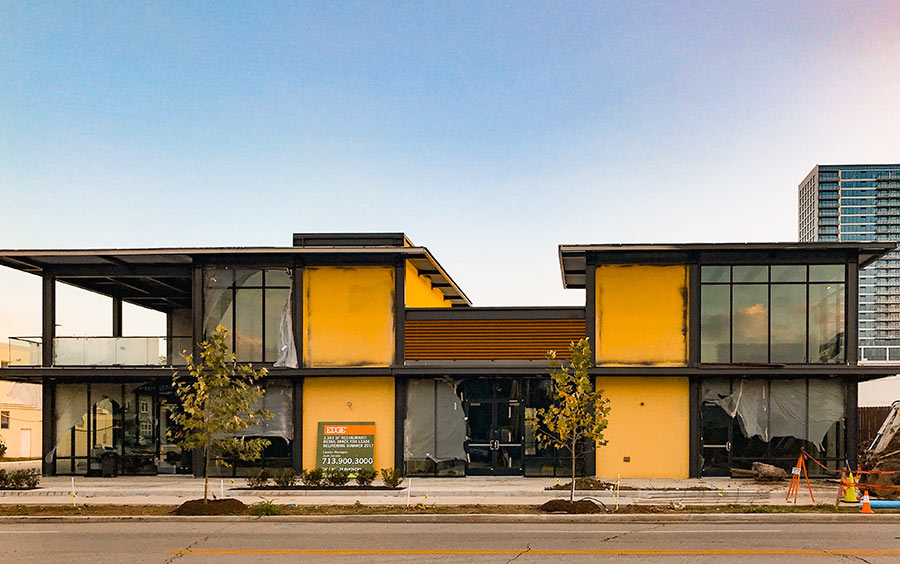
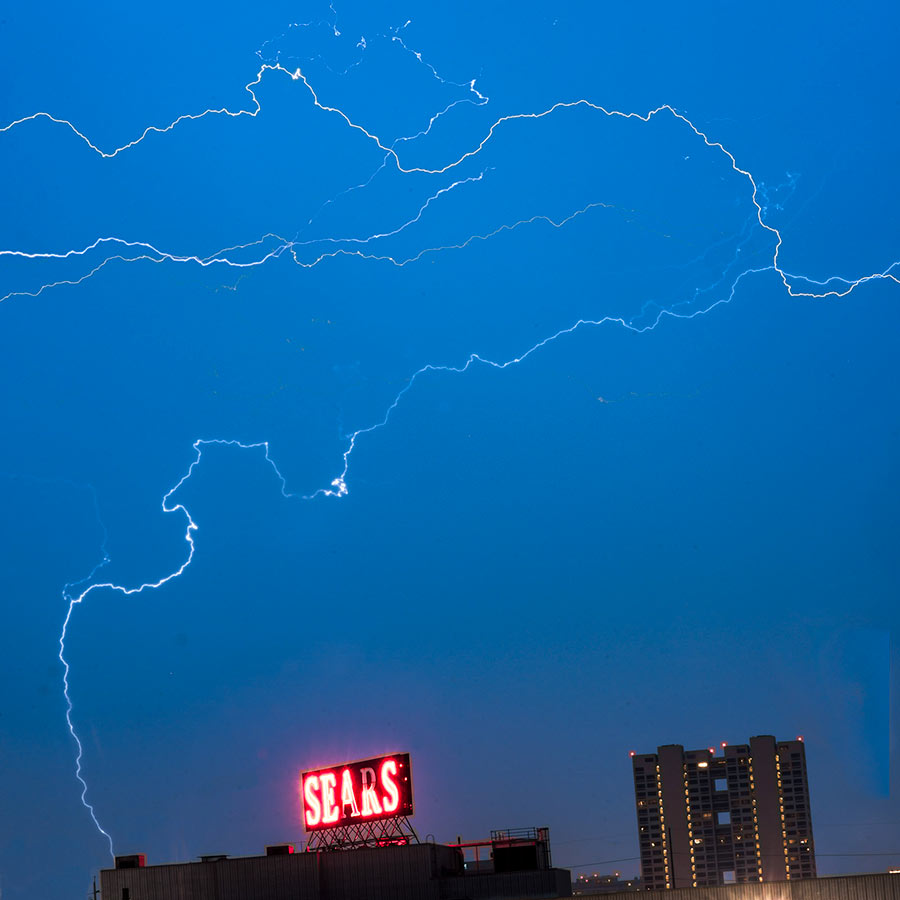 The company that manages Rice University’s $5.3 billion endowment last week bought out the 28 years remaining on a 99-year lease the university had signed with the Sears department store on its Midtown property back in 1945.
The company that manages Rice University’s $5.3 billion endowment last week bought out the 28 years remaining on a 99-year lease the university had signed with the Sears department store on its Midtown property back in 1945. 